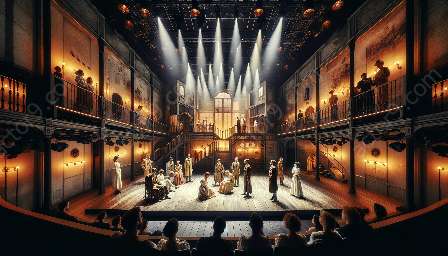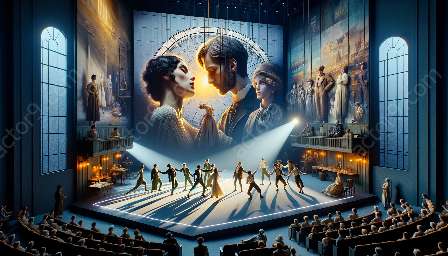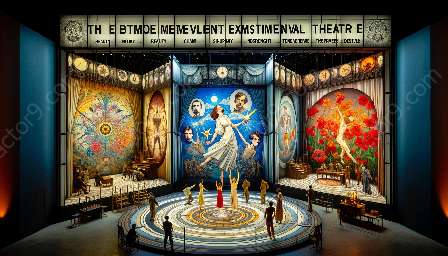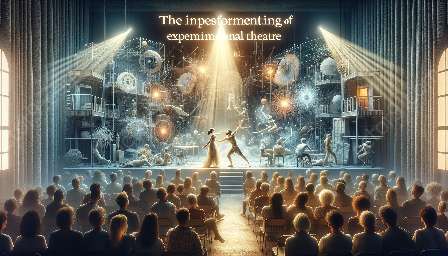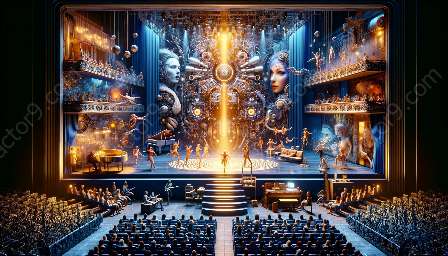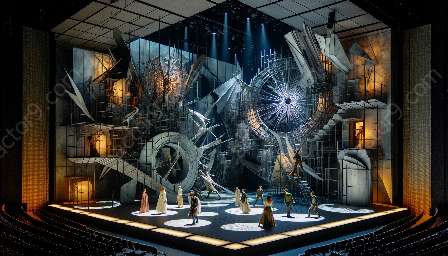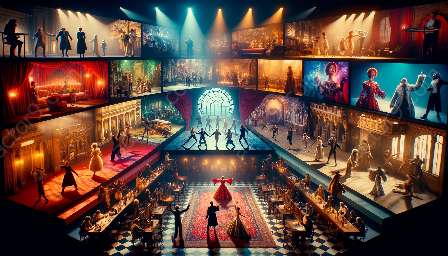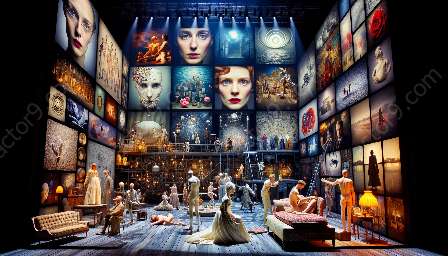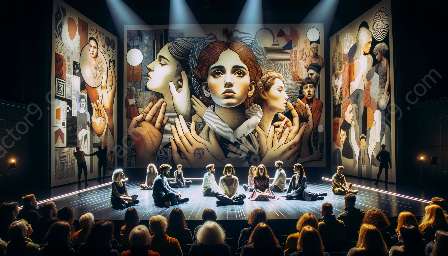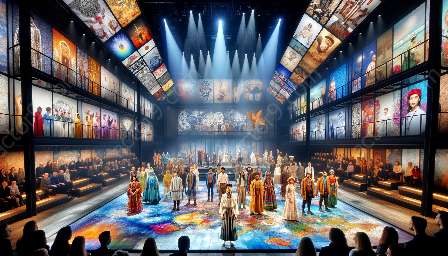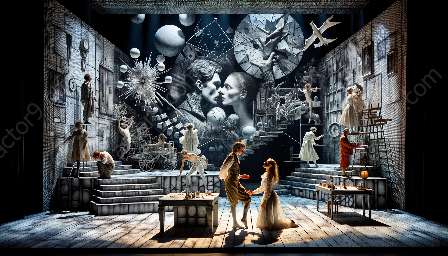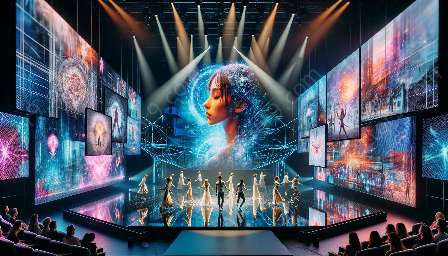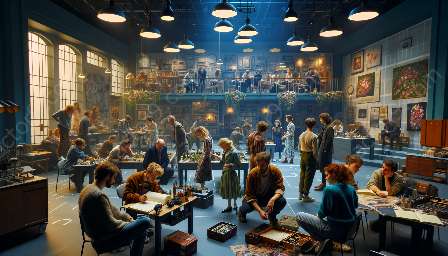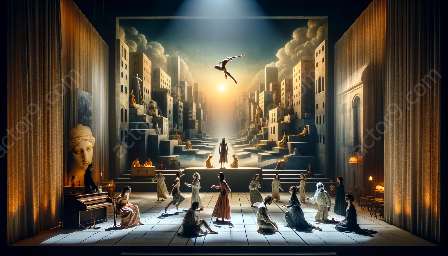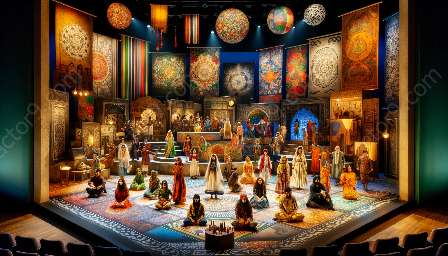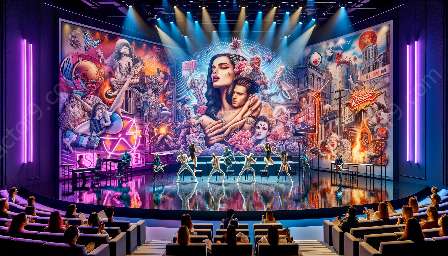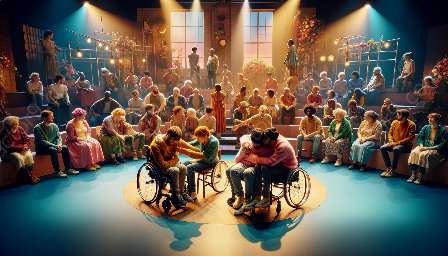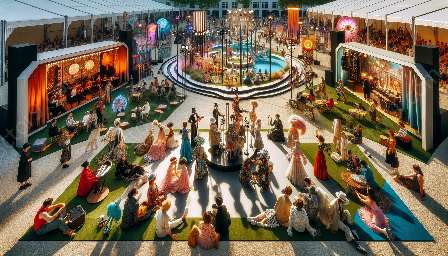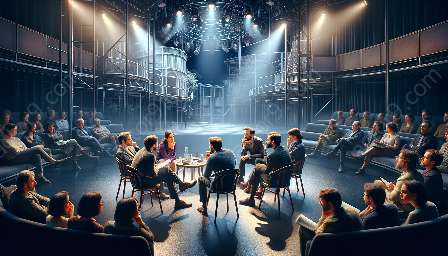Experimental theatre is a realm of artistic expression that transcends traditional norms, inviting audiences to immerse themselves in captivating sensory experiences. This article delves into the captivating world of experimental theatre, with a focus on the multitude of sensory aspects that shape this unique form of performance art. From visual and auditory stimulation to tactile and kinetic engagement, we'll explore how experimental theatre fosters new educational and training opportunities, pushing the boundaries of traditional theatrical practices.
Engaging the Audience's Senses
Experimental theatre aims to engage the audience's senses in ways that are often unconventional and thought-provoking. Visual elements play a significant role, with avant-garde set designs, lighting, and projections contributing to a multi-dimensional experience. Auditory sensations are equally important, with experimental theatre pieces often exploring innovative soundscapes and music to create an immersive atmosphere.
However, the sensory experiences in experimental theatre go beyond the traditional visual and auditory realms. Tactile and olfactory elements are frequently integrated, allowing the audience to interact with and experience the performance on a more physical level. From interactive installations to the incorporation of scents and textures, experimental theatre breaks down the barriers between performer and spectator, creating a truly immersive encounter.
Impact on Education and Training
The incorporation of sensory experiences in experimental theatre has a profound impact on education and training within the theatrical arts. Aspiring performers, designers, and directors are exposed to a broader spectrum of creative possibilities, encouraging them to explore unconventional methods of storytelling and expression. By embracing sensory engagement, students of experimental theatre gain a deeper understanding of the intricate relationship between performance and audience interaction.
Moreover, the inclusive nature of sensory experiences in experimental theatre creates opportunities for interdisciplinary collaboration. Students can integrate elements of visual arts, music, and technology into their theatrical endeavors, fostering a holistic approach to creative expression. The result is a generation of theatre practitioners who are equipped to push artistic boundaries and challenge conventional modes of performance.
Pushing Boundaries in Experimental Theatre
Experimental theatre serves as a platform for pushing boundaries and redefining the possibilities of theatrical artistry. By immersing audiences in diverse sensory experiences, this avant-garde form of performance challenges preconceived notions of what constitutes a theatrical production. Through the utilization of innovative technologies, unconventional staging techniques, and sensory-rich narratives, experimental theatre continues to evolve and captivate audiences around the world.
In conclusion, the sensory experiences in experimental theatre are integral to the evolution of the art form, redefining audience engagement and artistic expression. As we continue to explore the intersection of sensory stimuli and performance, experimental theatre education and training will play a pivotal role in nurturing the next generation of boundary-pushing theatre artists.

